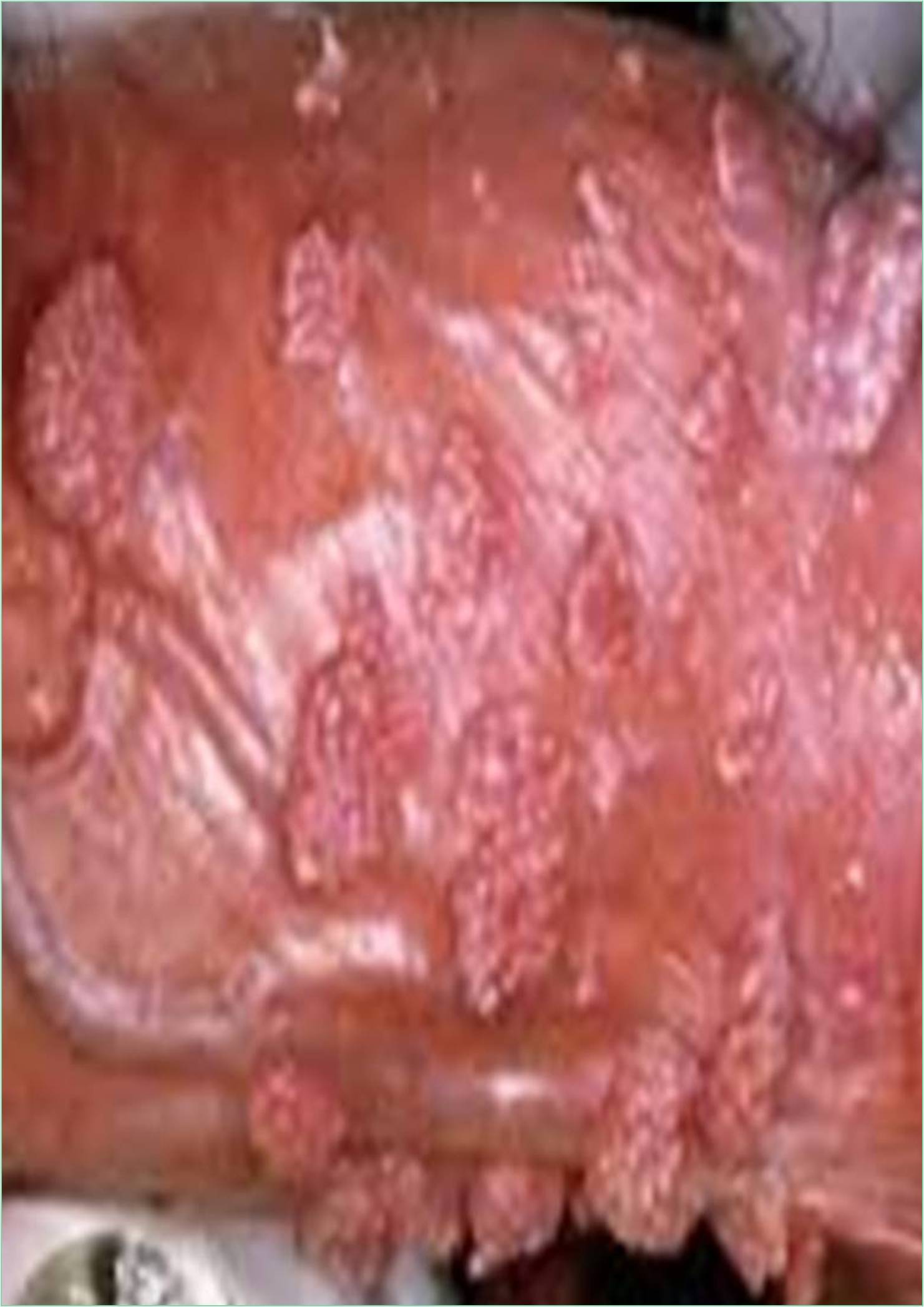



Received: 11-Jul-2022, Manuscript No. GJV-22-72273; Editor assigned: 14-Jul-2022, Pre QC No. GJV-22-72273(PQ); Reviewed: 04-Aug-2022, QC No. GJV-22-72273; Revised: 10-Aug-2022, Manuscript No. GJV-22-72273(R); Published: 17-Aug-2022, DOI: 10.35841/GJV.22.10.023
Otosyphilis is a rare manifestation of systemic “Treponema pallidum” bacterial infection, and most common clinical symptoms which includes sensorineural hearing loss, tinnitus, and vertigo. The presentation can also vary between individuals, of spanning unilateral and bilateral involvement, asymmetric hearing loss, rapidly progressive to fluctuating hearing loss, spontaneous or provoked disequilibrium, and generalized unsteadiness.
The Bilateral hearing loss typically occurs acutely with rapid progression, accompanied by vestibulocochlear symptoms. Audiometric studies often involve in the lowand high-frequency ranges while sparing in middle frequencies. It can spread through contact with body fluids, and sexual contact. In acquired syphilis, it occurs at any stage of infection and less recognized complication.
The diagnosis of otosyphilis was made after a patient was identified through contact tracing and the inactive disease, frequently yields negative results in patients of otosyphilis and treated with intravenous penicillin.
These symptoms may occur at any stage of syphilis and are thought to result from the direct damage to vestibulocochlear apparatus. The symptoms can fluctuate markedly over time, but the overall course is deterioration. There is not an established case definition for otosyphilis, but diagnosis should be made on the basis of typical clinical presentation and positive serological test results for syphilis.
There is a limited data regarding the utility of methods other than audiology to diagnose the otosyphilis. A case report of one patient advocated the use of otoacoustic emissions to measure the cochlear function and to follow treatment for response. The optimal treatment for otosyphilis is not established. As neurosyphilis and inner ear syphilis are not same diseases.
Pathological ABR patterns or portable screening audiometry may be useful to identify otosyphilis. A serum panel at the time of otolaryngology evaluation it is warranted to rule out and other infectious diseases and indicates that intravenous therapy is determined. In most of the cases of otosyphilis are seen in newborns as the congenital form and directly related to osteitis, results in new bone formation.
Although patients may have improvement in their hearing after the otosyphilis treatment, some do not return to baseline, and it is unclear if hearing deficits persist because of delay in time to treatment, inadequate, irreversible damage, or diagnostic imprecision. Patients with longer duration of hearing loss due to syphilis are less likely respond to the treatment and are more likely to have progression of disease.
The Otosyphilis is one of the few forms of SNHL that can improve with antibiotic treatment, and it is potentially curable. It is possible that, late disease, in the cochleovestibular system may be irreversibly damaged, arguing for identification of patients with otosyphilis as early in the disease course. These reports suggest that computed tomography imaging might be helpful late in disease when a bone manifestation occurs. The increasing number of infection cases, especially in immunocompromised patients, considered in many of the sexually active patients. Early diagnosis can be helpful in avoiding inappropriate testing and used for immunesuppressants.